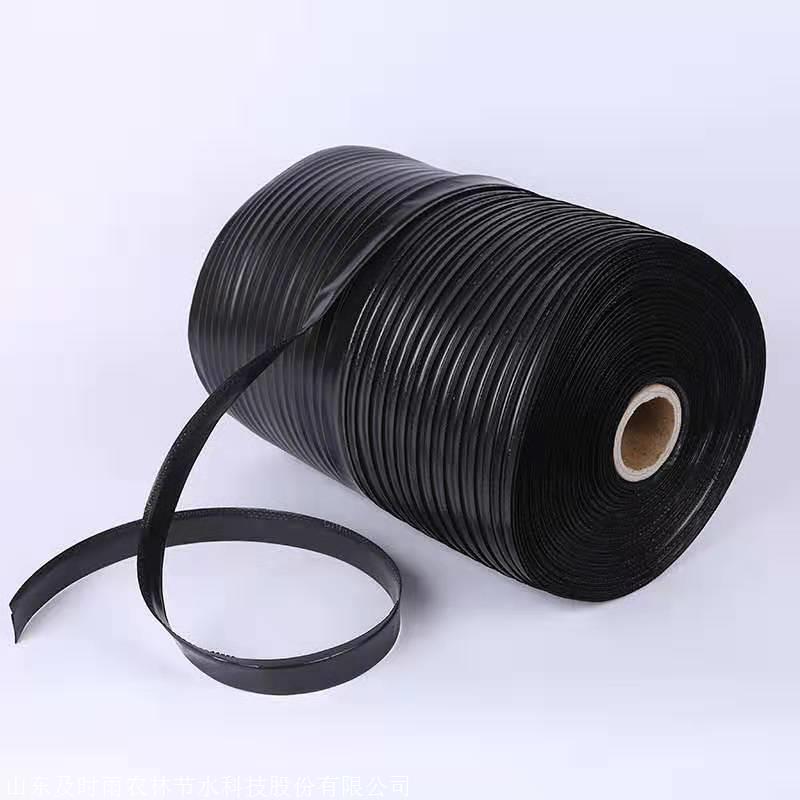Drip irrigation is a revolutionary method that efficiently delivers water and nutrients to crops, promoting growth while conserving water resources. Within this system, two primary components stand out: drip irrigation tubes and drip tapes. Let’s delve into the distinctions between these two essential elements.
- Appearance and Structure: At first glance, the most apparent difference lies in their appearance and structure. Drip tapes are flat when not under pressure or filled with water, while drip irrigation tubes maintain a cylindrical shape regardless of pressure or water content.
- Dripper Design: Another differentiating factor is the design of the drippers. Drip tapes typically feature flat, low-profile drippers embedded within, whereas drip irrigation tubes incorporate cylindrical-shaped drippers.
- Durability and Lifespan: Drip tapes, with their thinner walls, tend to have a shorter lifespan compared to drip irrigation tubes, which boast thicker walls and greater durability. This durability ensures that drip irrigation tubes withstand corrosion and last longer, providing extended service.
- Water Discharge Rate: The water discharge rate varies between drip tapes and drip irrigation tubes. Drip tapes typically have a discharge rate of around 2L/h, whereas drip irrigation tubes discharge at approximately 3L/h. Consequently, drip irrigation tubes offer a higher water discharge rate than drip tapes.
- Investment Cost: In terms of investment, drip irrigation tubes require a higher initial capital outlay compared to drip tapes. While drip tapes offer cost-effective solutions, drip irrigation tubes entail a higher upfront investment but provide superior durability and performance in the long run.
Drip tapes, including labyrinth-style and embedded emitter drip tapes, are favored for their ease of use and affordability. Conversely, drip irrigation tubes, featuring cylindrical drippers and robust construction, offer longevity and corrosion resistance, albeit at a higher cost.
In conclusion, drip irrigation tubes and drip tapes serve as integral components of drip irrigation systems, each with its unique characteristics and advantages. Whether prioritizing affordability or longevity, farmers can choose between drip tapes and drip irrigation tubes based on their specific needs and preferences, ensuring efficient water distribution and optimal crop growth.



